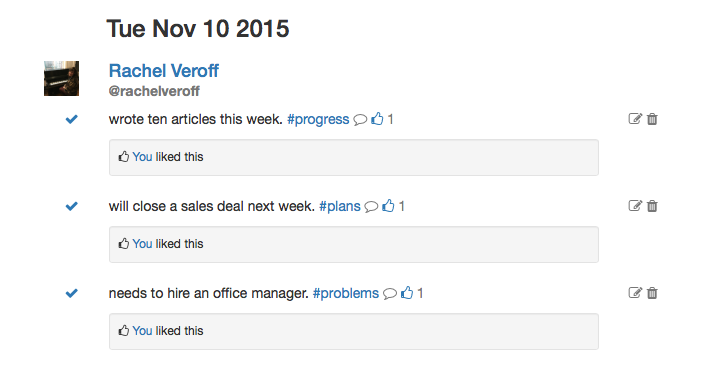If your startup needs a dynamic communication system, daily standups might sound like a great idea. So you pitch it to your team and get everyone on board with the daily 9:30 a.m. meeting where everybody stands and gets straight to the point.
Each person shares a few key updates about what they’re working on and what’s blocking them from completing important tasks. Everything is going great, and the company is growing.
But as you keep hiring, the daily standup becomes a chore. The more people who have to speak, the longer the meeting lasts, and the less productive it feels. Then one day you forget to do something that Jill from product management asked during a standup because nobody was taking notes. It was your idea that nobody should take notes! You read about it on a “How To” startup blog.
Daily standups are supposed to be an efficient way for teams to stay updated, but all of a sudden yours has turned on you. The barrage of information doesn’t seem as useful, and the meeting itself is a time-sink. It requires everyone to drop what they’re working on every day just to gather round and hear updates. It’s time-consuming and disruptive.


